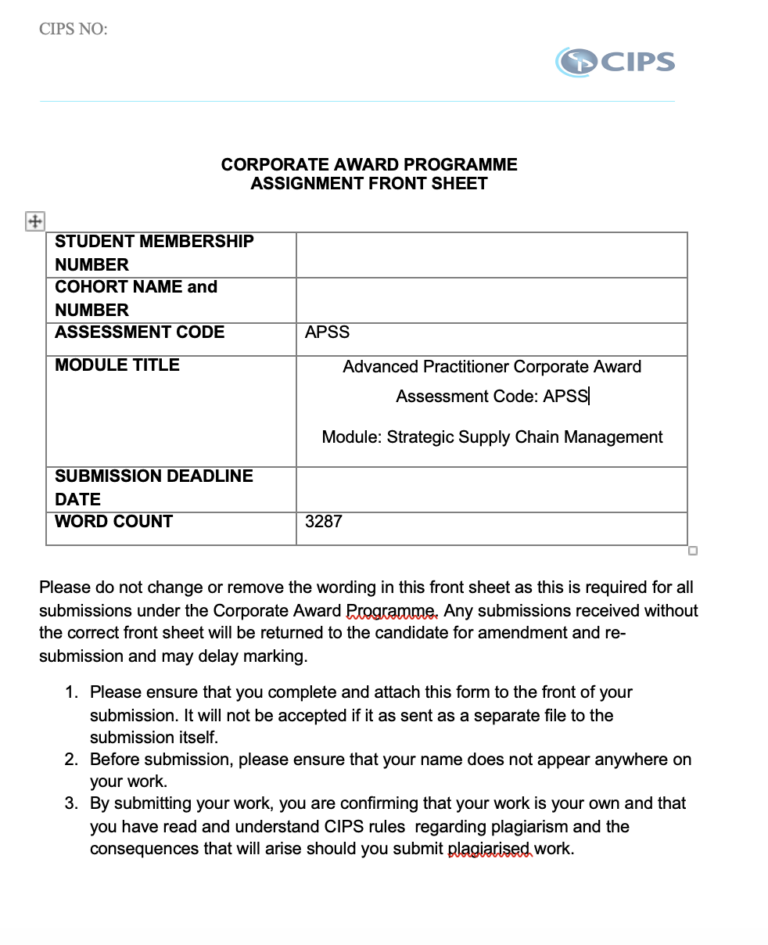Description
Solution
SECTION 2
1.4 Data Analysis
To calculate the percentage turnover for each department, I used the formula:
Turnover Percentage= (Total Employees/Leavers) ×100
2020
- Administration: 4/22×100=18.2%
- Maintenance: 5/9×100=55.6%
- Marketing: 0/4×100=0%
- Production: 70/231×100=30.3%
- People Team: 1/6×100=16.7%
- Research & Design: 1/4×100=25%
- Sales: 19/42×100=45.2%
- Packing & Dispatch: 21/36×100=58.3%
- Finance: 2/5×100=40%
2021
- Administration: 8/20×100=40%
- Maintenance: 3/8×100=37.5%
- Marketing: 0/4×100=0%
- Production: 3/2198×100=16.2%
- People Team: 0/6×100=0%
- Research & Design: 0/3×100=0%
- Sales: 3/35×100=8.6%
- Packing & Despatch: 6/15×100=40%
- Finance: 0/4×100=0%
2022
- Administration: 9/20×100=45%
- Maintenance: 3/8×100=37.5%
- Marketing: 1/4×100=25%
- Production: 3/8178×100=21.3%
- People Team: 3/6×100=50%
- Research & Design: 0/4×100=0%
- Sales: 0/40×100=0%
- Packing & Despatch: 8/16×100=50%
- Finance: 0/4×100=0%
2023
- Administration: 2/18×100=11.1%
- Maintenance: 1/7×100=14.3%
- Marketing: 0/4×100=0%
- Production: 29/181×100=16%
- People Team: 2/5×100=40%
- Research & Design: 1/4×100=25%
- Sales: 2/45×100=4.4%
- Packing & Despatch: 3/15×100=20%
- Finance: 0/3×100=0%
To calculate the overall turnover rate for the entire organization each year, we sum the total number of leavers and total employees, then apply the turnover formula:
Overall Turnover Percentage= (Total Employees/Total Leavers) ×100
2020:
- Total employees = 359
- Total leavers = 123
- Turnover: 123359×100=34.3%
2021:
- Total employees = 285
- Total leavers = 52
- Turnover: 52285×100=18.2%
2022:
- Total employees = 275
- Total leavers = 62
- Turnover: 62275×100=22.5%
2023:
- Total employees = 282
- Total leavers = 40
- Turnover: 40282×100=14.2%
Data Presentation
- Bar Graph-The following is the Bar Graph presenting the year-wise Turnover percentages of each department (2020-2023). It has a graphical display of the turnover rates by department making it less time consuming to determine departments with high or little turnover in the previous years.
Please click the following icon to access this assessment in full
Related Papers
(Solution) CIPS Advanced Level Final Project Proposal
(Solution) CIPD 5HR03 organisational reward packages and approaches based on insight. (AC 2.3)
(Solution) CIPS Occidental of Oman Commercial Management Assessment
(Solution) CIPS Strategic Supply Chain Management APSS
- The supply chain mapping for an organisation spend category is influenced by several elements, among them environmental scanning to identify the micro and macro factors.
- Other aspects considered in the mapping are the facilities, location, and time.
- In the implementation process, it involves making suitable changes and adding value to the process.
- Drawing from the STEEPLE, Porter’s five forces, SWOT analysis, and Kraljic matrix, some of the key elements are the relationship with the vendors, consideration of various competitors, and ensuring customised category of spend.
- Quality and timely delivery of the spend category is also an important consideration area.



